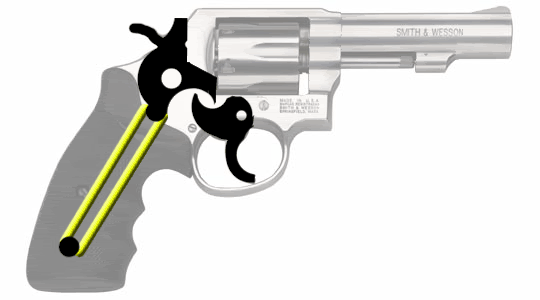I have a resin revolver. I want to make it so the trigger moves and the hammer pulls back and clicks forward.
I know that there are "old school" toy revolvers or even cap guns that used rubber bands to accomplish the same thing. I need some photos/design ideas so I can engineer such a thing.
Operate from the assumption that the resin revolver I have is already hollow and "all" I'd need to do would be to fabricate the hammer, trigger and support/pin/bolt positions to make it work.
All I want is to squeeze the trigger and have it go "click."
Any and all help appreciated.
Russ
I know that there are "old school" toy revolvers or even cap guns that used rubber bands to accomplish the same thing. I need some photos/design ideas so I can engineer such a thing.
Operate from the assumption that the resin revolver I have is already hollow and "all" I'd need to do would be to fabricate the hammer, trigger and support/pin/bolt positions to make it work.
All I want is to squeeze the trigger and have it go "click."
Any and all help appreciated.
Russ


